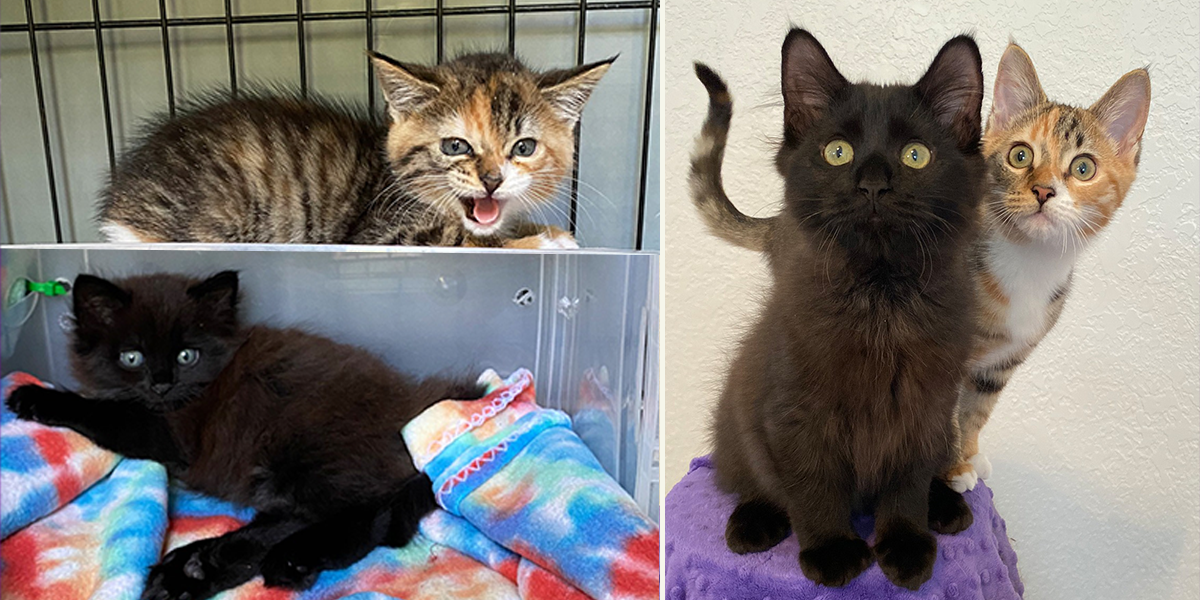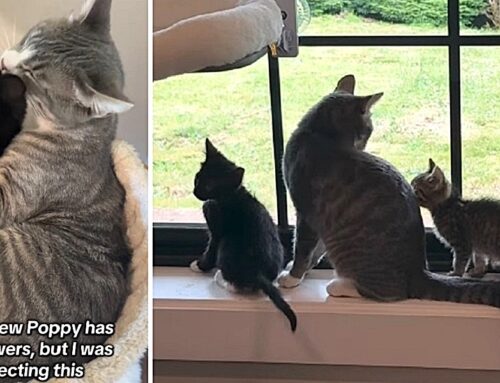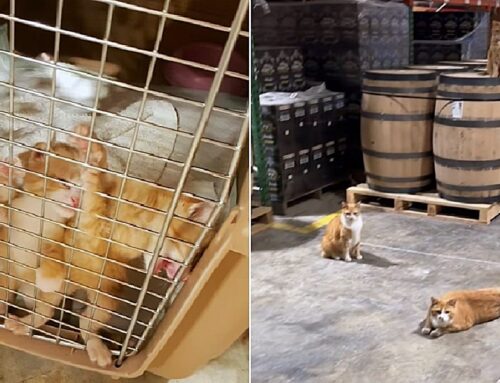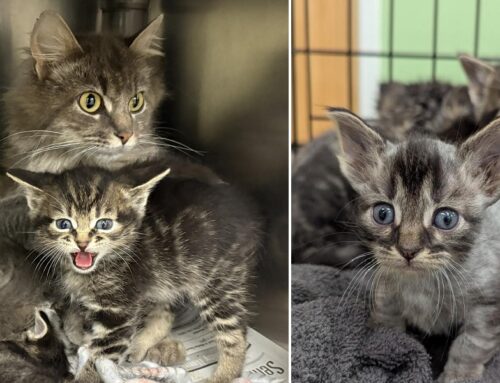If you’re interested in adopting a cat or kitten, it’s critical to know about the usual “adjustment period.” Why? People often return adopted cats or kittens to a shelter or rescue because they have unrealistic expectations of how long it takes for a pet to feel at home.
Unfortunately, being misinformed often leads to giving up on a cat and dropping them at a shelter citing “behavioral issues.” Such a label is the number one cause of death in cats in the United States, with 3.2 million surrendered cats annually.
Given realistic expectations and information, many of those cats could be saved. So, we’re sharing some important, easy tips from certified Feline Training and Behavioral Specialist Molly Devoss from Dallas, Texas. Her Cat Talk Radio podcast helps prevent cats from being re-homed while increasing cat guardians’ bond with their cats.
Note: This information is for educational purposes only and is not intended to provide veterinary advice.
Remember, the rule for a cat’s adjustment period involves a trio of 3’s.
The 3/3/3/ Adjustment Period Rule
Devoss shared a 3/3/3/ adjustment period rule that’s easy to remember. It applies to fostering and adopting a cat and generally to dogs too.
Generally, it takes quite a while for a cat to feel at home, longer than you might think. Therefore, if things aren’t going smoothly during this period, that’s expected and nothing to worry about.
Keep in mind the adjustment period is vastly different for individual cats. Also, we’re talking about cats used to being around people, not former feral cats. If you are rehabilitating a former feral cat, well, that could take as long as a year or more. That said, some intrepid rescuers have rehabilitated former feral cats in much less time.
As always, each cat and case is unique. Many feral cats will always prefer living an outdoor life without much if any, human contact. That’s where TNR (trap, neuter, release) efforts help them stay healthy without creating more struggling kittens that require rescue.

Image via Facebook/Cat Man Chris
First 3 Days To Chill Out
When a cat arrives home, they need three days to decompress. This is when they will hide in a closet out of sight and may not venture out much. It’s not a great feeling when you only want to offer them all your love, but it’s normal. Soon enough, they’ll figure out they’re safe. Then, they’ll become students learning your every move.
3 Weeks to Study Your Every Move
Next in the adjustment period, a cat will probably remain skittish but venture out more to observe their environment. At the same time, they’ll be observing every move and sound you make in the shadows. As they understand your daily habits, they will begin to relax. That’s when their purrsonality and often wacky behaviors begin to emerge.
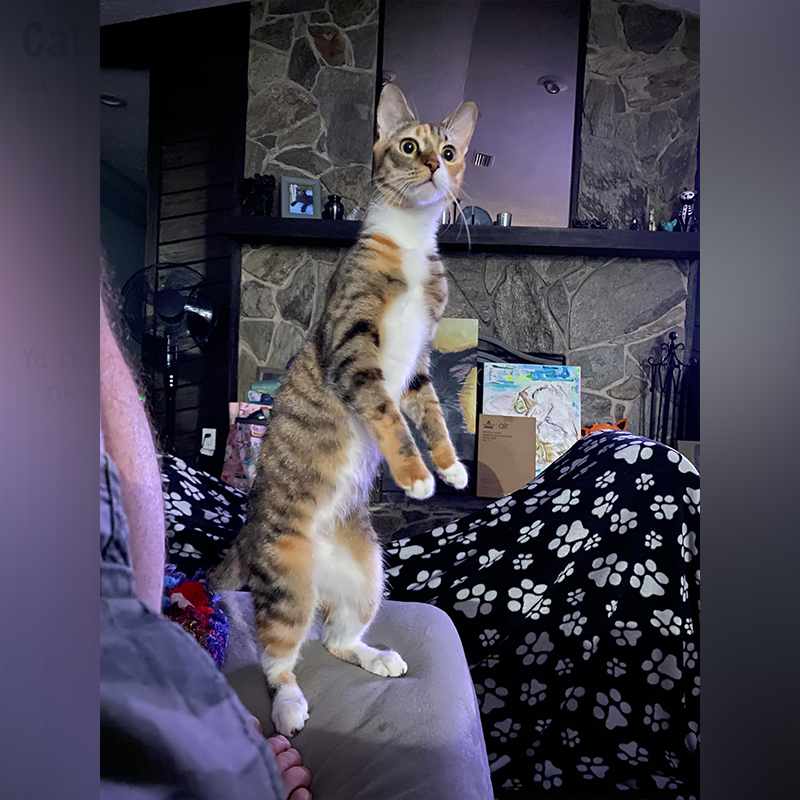
Calypso via Facebook/Cole and Marmalade
However, you may not see them feeling confident during this phase in the adjustment period. Understandably, they often have remaining trust issues to work out. Thus, you’ll need to remain patient and give them more time and space.

Image via Facebook/Cat Man Chris
For another example, Here are Calypso and Mazikeen after two months at home via Facebook.
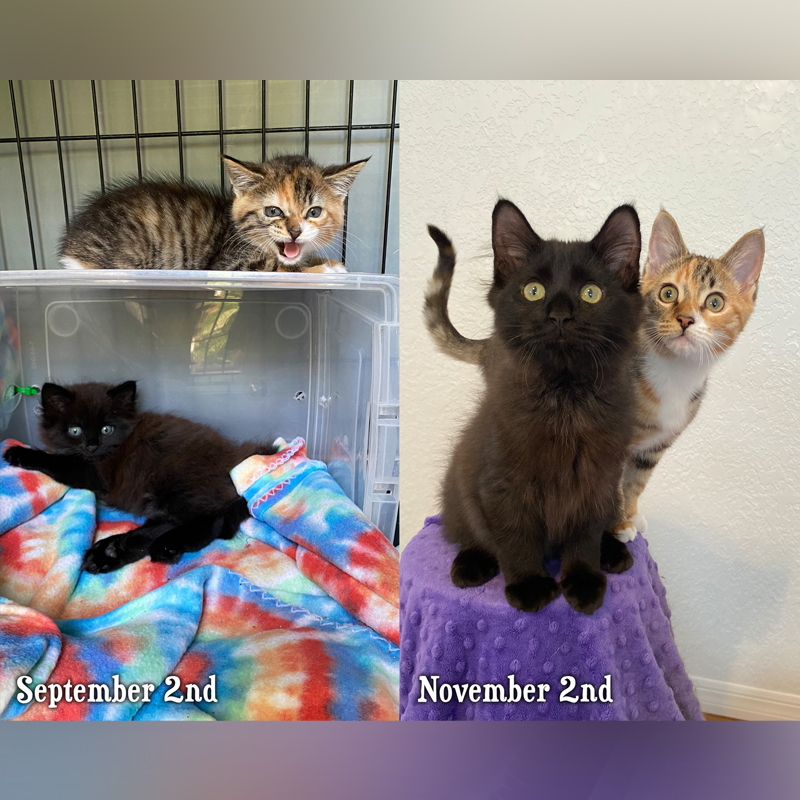
Calypso and Mazikeen the kittens after 2 months at home via Facebook/Cole and Marmalade
3 Months for the Big Payoff
After three months, a cat will have their own routine and feel confident that you’re not so bad after all. It’s the rewarding part of the adjustment period you hoped for. At this point, you can feel the bond between you and your cat or cats grow exponentially. This is when the cat will consider you their willing human servant, and you’ll submit yourself to their every desire willingly. Congratulations!
But remember, cat lovers know well to always expect the unexpected. It’s part of the fun!
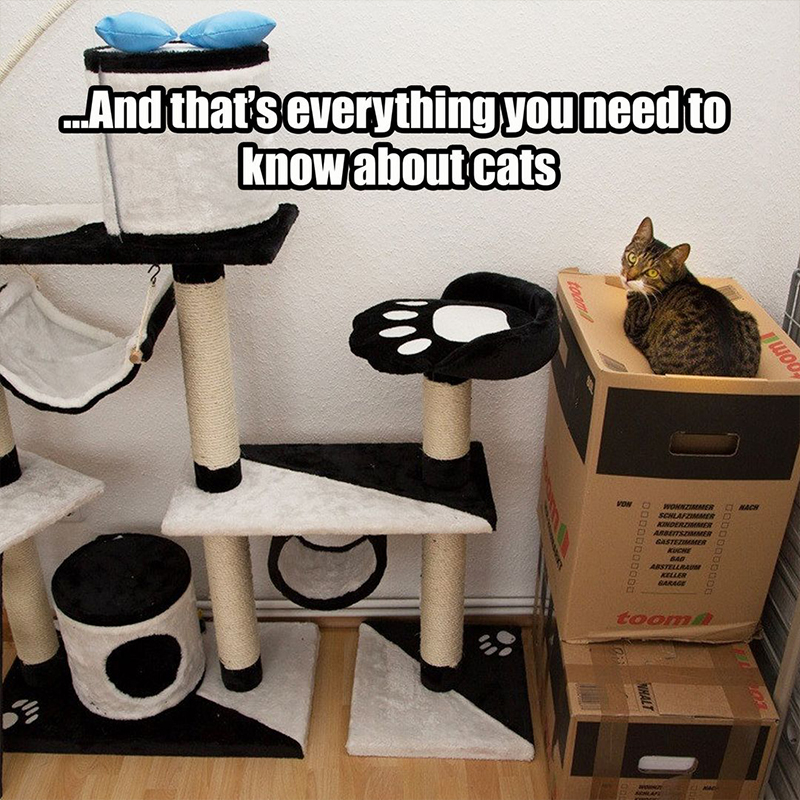
Image via Facebook/Cat Man Chris
After all that progress and bonding, you may have to do it again. If your family moves, you can expect your cats will need another adjustment period. See tips about moving with cats here.
If you’re still having serious problems, don’t give up! Ask your friends who love cats for advice. You also can reach out to a professional consultant like Molly Devoss for help and tips.
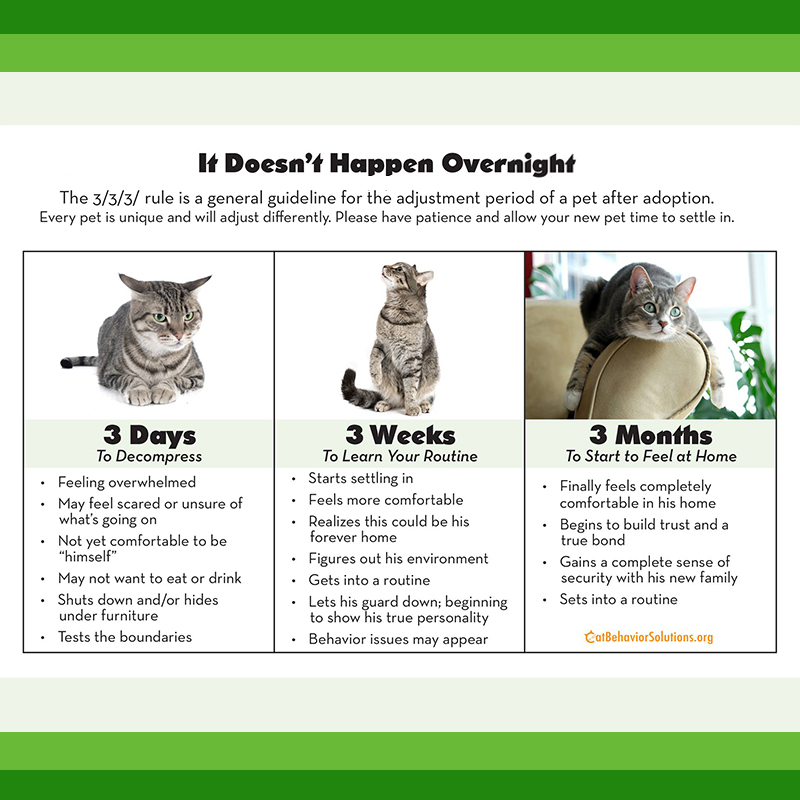
Image via Facebook/Cat Behavior Solutions – Cat Talk Radio
A 5-Second Rule for Cats?
Molly Devoss has a “5-second rule” for cats that doesn’t involve food dropped on the floor. Instead, it’s about petting cats for a short time. Then, give cats the option to show you they want more.
“Keep it short. Cats like to be in control. When we don’t give them that control, it erodes that bond we have with them,” she explains.
Of course, it’s also critical that you know what part of a cat to touch, or you can fully expect the murder mittens.

Image via Facebook/Cole and Marmalade
There are many more educational videos like this one on Molly Devoss’ YouTube channel.
Video by Cat Behavior Solutions:


